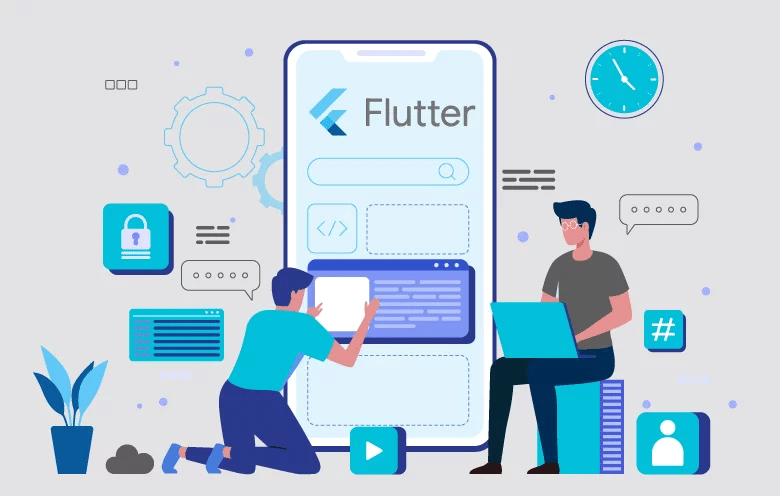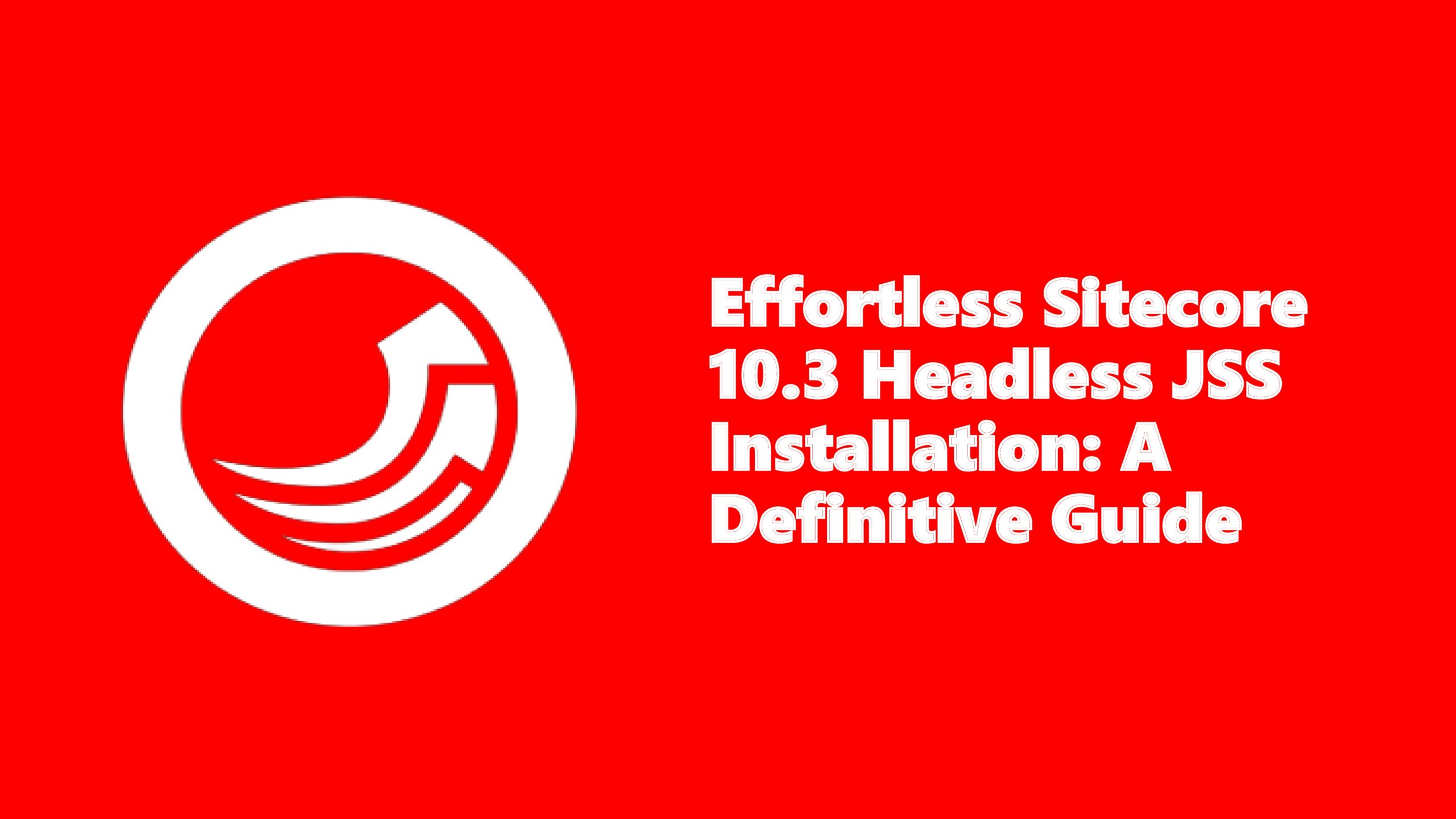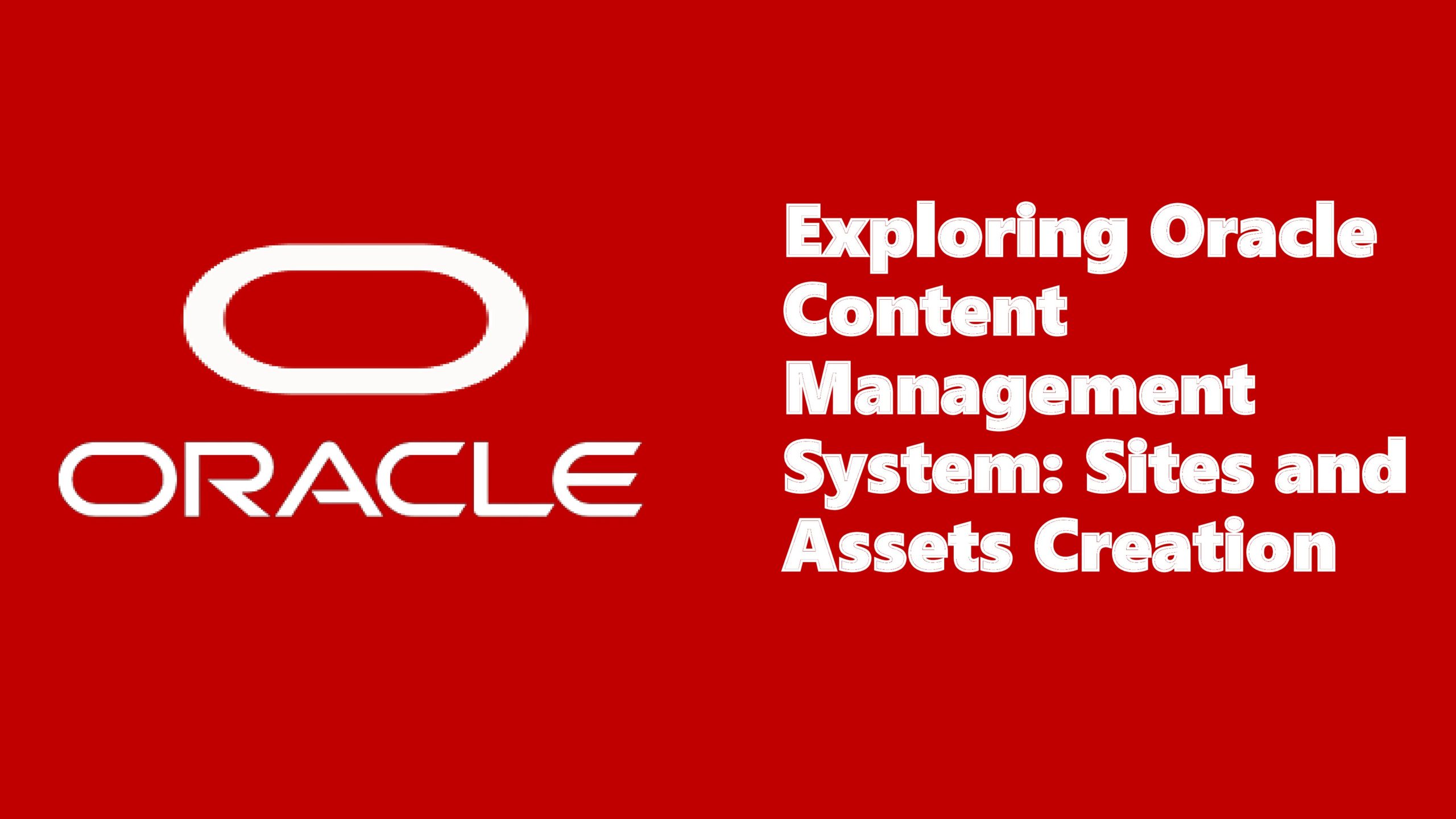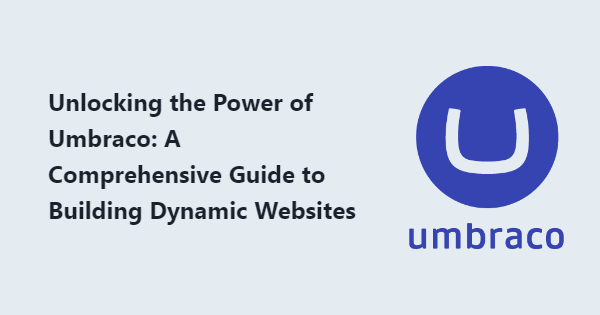For which projects Flutter is suitable?
The speed and efficiency rise in popularity could be attributed to the framework’s capability to deploy beautiful projects with the potential to go beyond mobile apps.
As Flutter was announced as officially stable for web, Windows, macOS, and Linux, a business would greatly benefit from the SDKs offerings of feature parity, composability, and near-native performance.
These advantages might generate the question: “As a business, what can we do with this powerful tool?”
Google’s software development kit offers a complete environment with a framework, widgets, and tools that can be used straightforwardly.
This allows businesses to roll out products quicker and save on development costs.
For the budding entrepreneurs out there, here are recommended use cases to capitalize on these advantages.
1. Decentralized exchanges:
Speed is a pivotal advantage when it comes to Flutter. One of the best use cases for Flutter, it requires real-time updates. A decentralized exchange is the perfect use case for Flutter. The mark of a good utility crypto token allows multiple transactions to be accomplished at an astonishingly quick rate. Theoretically, this information should then be instantly shared across the entire blockchain.
With Flutter integrating flawlessly with CoinMarketCap’s APIs and Google’s Material Design Principles, you could build a decentralized exchange taking inspiration from Cryptograph. As they focused on speed and an intuitive design interface, Cryptograph was built to provide its users with up-to-date, on-time, and precise data on over 1,600 cryptocurrencies. For example, if a team were to create a fully fleshed-out version of a decentralized exchange.
2. Payment methods:
Google has done well in proving the success of its SDK development. Google Pay allows over 100 million users over the globe to pay, save, manage expenses, and more. It’s one of the fastest-growing e-wallets available on the market. To build it, the Google team initially used 1.7 million lines of code between the Android and iOS versions of the app. 1.7 million is an unsustainable number of lines, given that they’d have to rewrite much of it to include new features and country expansion. This called for the eventual migration to Flutter.
Rebuilding Google Pay on Flutter required the company to retrain its developers on a new language, platform, and approach to the user interface. It required them to spend months developing a case that Google would have to heavily scrutinize before they approved.
The team leads were spurred on by their belief that the migration to Flutter would prove beneficial in the long term. And it was a spanking success. The rebuilt Google Pay app was smaller, faster, and cost less to maintain. It also allowed them to reduce their engineering efforts by 70% and the total lines of code by 35%.
3. Journaling applications:
Journaling applications require beautiful and intuitive databases. Which is easy for the user to understand and simple for the developers to add features. Reflectly has shown that Flutter widgets are easy to deploy and customize. Reflecting is a personal journaling app that uses artificial intelligence to provide users with personalized daily reflections.
4. Smart home interconnectivity:
One of the best use cases for flutter is interconnectivity applications which require an intuitive and natural base. These projects allow users to customize every internet-connected item in their home. The Philips Hue app is the best example of an interconnectivity project which allows comprehensive organization, control, and customization for all your accessories in the Philips ecosystem.
5. Music platform:
Flutter not only provides customizable widgets but also contains a chock-full of packages that can prove useful in various functions. Like, building a music platform with Flutter will require the use of the flutter_audio_query and audio_manager packages. These will fetch the music from external storage spaces and provide play, pause, seek, and volume functionalities for music players. Impressed? It’s just a savor of the valuable packages which you could get with Flutter.
6. Booking apps:
While there is a requirement for booking apps, the design would be a prominent part of the app. The use of attention-grabbing photos will naturally trigger guests to experience the vacation. Eventually, this encourages the viewer to make the reservation. One of Flutter’s tenets is flexibility. Flutter allows you to build adaptive designs that look great regardless of screen size. Whether it’s scrollable banners or animated lists. You’ll have the perfect widget you need to execute your vision of a captivating booking and travel application.
7. Games:
When you’re building a game, you want to ensure that it’s reliable and its users can continuously access the game 24/7 nonstop. Potential businesses might also want to check out the Flame Engine, a modular game engine that provides a complete infrastructure needed to code playable games. Built by the Blue Fire Team, key features of this package include game loops, effects and particles, collision detection, and, of course, gesture and input handling.
8. Banking and mobile wallets:
Banking applications need feature parity, a streamlined UI, and end-to-end feature development to provide a safe, accessible, and simple banking experience to each person. Flutter brings all of that as it removes the need for specialized teams and answers the call for API stability and testing capabilities. In the world of digital banking and mobile wallets, speed is critical to success. You may have looked at Nubank which developed within 3 months only.
9. Social networking applications:
No one’s actively attempted to create a social networking app with Flutter. It’s possible to build an entire social networking platform. With perhaps the right marketing and added features, these social networking applications could rival even the platforms built by Meta and Twitter. You could easily build cross-platform applications through shared Dart codebases. As it has rapid development and deployment timelines. The sped-up deployment also means that developers could build social media platforms and launch prototypes or viable projects faster. This will allow the organization to showcase its app to the world, quickly iterate, and update the app based on customer feedback.
Why do such businesses use Flutter to build their apps?
Feature parity
Flutter is a cross-platform toolkit that enables mobile app development for operating systems and web browsers. As they share the same codebase, feature parity becomes a clear benefit.
Reduced development time
Sharing the same codebase also reduces development time. Building the entire project through widgets and native platform channels that allow your code to communicate natively regardless of the device. This process simplifies development and makes creating updates much more maintainable for the future.
High performance
Flutter has made it a point to provide all these features without sacrificing performance. Flutter is one of the few mobile SDKs that doesn’t use a bridge for communication between the app and the platform. Experimentation and time-testing have shown that this generates quicker apps with fewer performance problems.
Reference links :
https://developers.googleblog.com/2020/09/google-pay-picks-flutter-to-drive-its.html
https://flutter.dev/showcase/nubank
https://flutter.dev/showcase/reflectly










